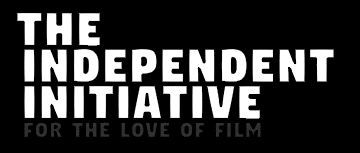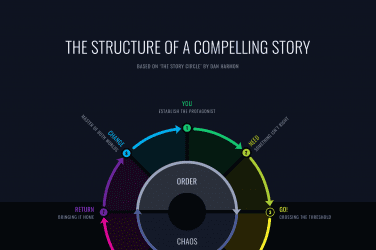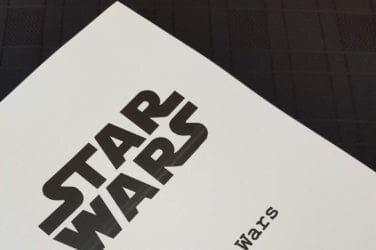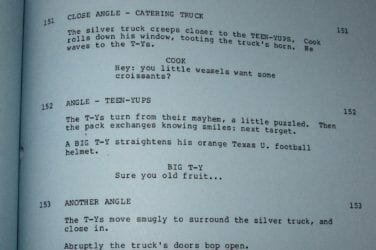Let’s face it fellow actors and filmmakers, most people don’t bother to sit through the end credits past the first few names.
But does a credit roll have to be white names crawling up a black screen with a soundtrack to continue the closing scene?
Generally a credit roll is a technique used to express gratitude and acknowledgement to those who partnered with you on your project. The main purpose for rolling the credits, is that the movement helps keep the viewers interested.
But besides movement I’m sure there are other ways of keeping an audience not only interested but even engaged and part of the story.
I personally love those films where the credit roll itself is part of the storytelling and invites the audience to stay and slowly transition back into reality. Obviously this depends on the story you are telling and maybe making a sudden cut is the exact effect you want to have on people, but maybe your story gives room to play with the audience. Then you might as well do so.
There’s a saying, “There are two parts of any movie: the ending and everything else”.
The shape of most narrative movies tends to have their emotional climax at the end carrying their most important emotion: whether that be triumphant, thoughtful, tragic or bitter sweet. Allowing one last note to carry on by the unchangingness of the image brings the audience gently and at their own pace back into the reality of their world, for example Mary Poppins, Good Will Hunting, Lone Ranger or Rachel Getting Married.
Be aware of your last shot and if there is an unchanging image symbolizing the end of the hero’s journey then let the camera roll and roll your credits over it.
If you´re telling a story which is out of this world then using bloopers or behind the scenes footage to roll your credits over can be an entertaining way of clearly differentiating the storyworld from ours. Rush hour and Hooper were the first ones to utilize their bloopers in this regard.
Wall-E does an incredible job at combining beauty and humour, mirroring humanity´s civilization through an animation style that perfectly transitions us from the world of the little trash compactor to the world which is yet to come, making us go out the door grinning.
My personal favourite is the opening and closing credits of the Pink Panther. The names on the screen are played with and receive attention by the panther interacting with them while all the actions are in sync with the catchy soundtrack.
These are some examples, to name a few, which have been more creative with their credits (opening and closing). Objects of significance can also serve as interesting closing credits (as Wes Anderson often does) or even an improvised take on the actors in the final scene where the camera just keeps rolling and even though the actions or the dialogue of the actors isn’t significant to the story they stay in character and allow us to stay in the story while acknowledging the names of the crew behind the camera.
Whether your film credits entertain or simply acknowledge publicly the people who contributed to your cinematic work, there is an unspoken tradition for the order of the closing credits in which gratitude is expressed.
Here’s an overview of what that looks like:
CLOSING CREDITS ORDER: ABOVE-THE-LINE (ATL)
End credits start with above-the-line (ATL) individuals first, and are often presented as standalone cards. Here’s a common ending credits order for above-the-line:
- Director
- Writers
- Producer
- Executive Producer
- Lead Cast
- Supporting Cast
- Director of Photography
- Production Designer
- Editor
- Associate Producers
- Costume Designer
- Music Composer
- Casting Director
CLOSING CREDITS ORDER: BELOW-THE-LINE (BTL)
- Today, the end credits crawl typically begins with the Unit Production Manager:
- Unit Production Manager
- First Assistant Director
- Second Assistant Director
- Full Cast/Character List (including lead and supporting cast that have already been credited separately)
- Stunt Department
- Production Departments (often listed as “Crew”)
- Production Personnel
- Production Supervisor
- Production Coordinator
- Art Department
- Camera
- Grip
- Electric
- Sound
- Wardrobe
- Hair/Makeup
- Set Operations
- Transportation
- Special Effects
- Post-Production Departments
- Editorial
- Visual Effects
- Colorist
- Song Credits
- Caterer
- Title Design
- Special Thanks
- Logos
- Guild logos (SAG, DGA, PGA, etc.)
- Camera, Lenses and Equipment Makers (RED, Adobe, etc.)
- Locations
- Shooting Locations (sometimes required by filming permit)
- Location of Final Sound Mix (“Recorded at…”)
- Copyright
- Disclaimer
A lot of names and effort goes into the making of your film and bringing your story to life is not a one man deal. So give credit where credit is due and remember you have all the creative freedom to express this gratitude however you wish.




















